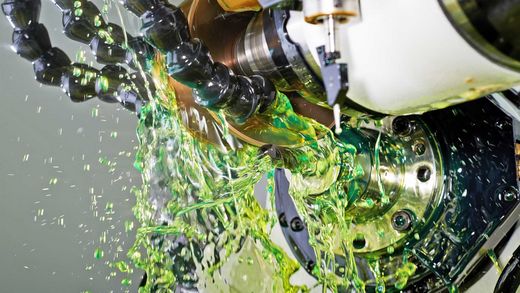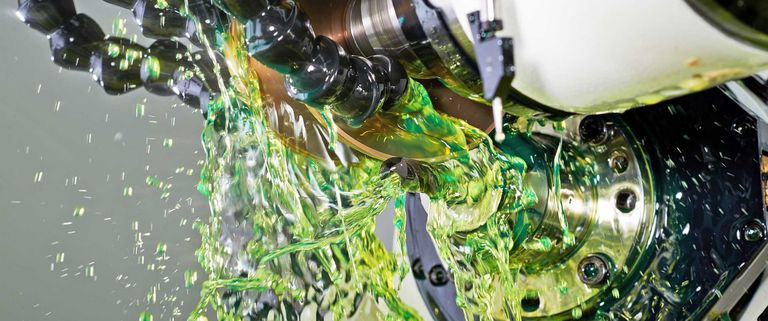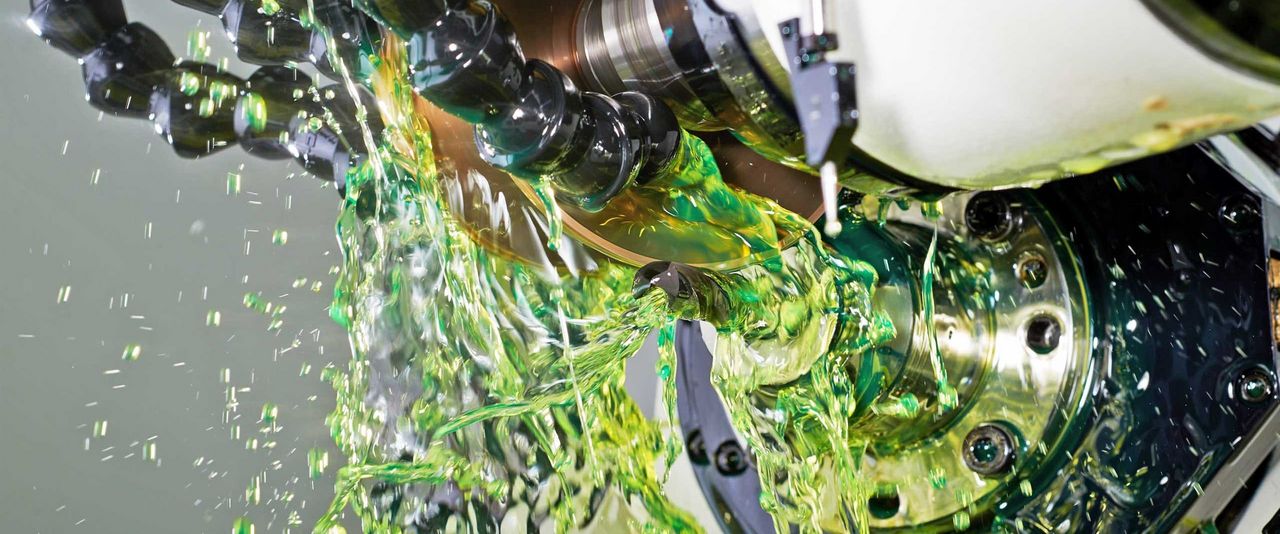Grinding and Eroding Upgrades Efficiency for Aerospace Tooling
In addition to materials such as titanium, Inconel and stainless steel, aerospace manufacturers are incorporating more lightweight materials like carbon, aluminum and hybrid stacked carbon-fiber reinforced plastic (CFRP) composites into the designs of today’s aircraft. In fact, 80 percent of all aircraft components are lightweight materials that require the use of either carbide or PCD (polycrystalline diamond) tools to effectively machine them.
While tooling shops can effectively grind carbide with conventional tool grinding, PCD is extremely tough to machine with diamond wheels. Unfortunately, even these wheels result in a one-to-one grinding ratio – the grinding wheel and the workpiece generally lose equal amounts of material, which makes the process costly. It is for this reason that WALTER developed its Two-in-One machine concept that combines both electrical discharge machining (EDM) and grinding capabilities into a single machine platform.
The HELITRONIC VISION DIAMOND 400 L, HELITRONIC POWER DIAMOND 400, HELITRONIC RAPTOR DIAMOND and HELITRONIC DIAMOND EVOLUTION tool grinding machines from WALTER respectively. UNITED GRINDING North America offer exceptional efficiency and productivity through their Two-in-One design. From a production standpoint, these machines let users erode tools (PCD) and grind tools (carbide) using the same machine to eliminate the time-consuming task of moving workpieces to a second machine.
With the ability to perform both eroding and grinding or combinations of the two processing methods on one machine, tool makers in the aerospace segment can also expand into the PCD tool-producing field to increase new business and growth without incurring additional risk or threatening cost effectiveness.
In some cases, entire steps in the production chain have been omitted because the eroded tools no longer require re-sharpening or polishing. And in addition to PCD tool productivity, the machines work with WALTER HELITRONIC TOOL STUDIO, a software solution that makes tool design even easier.
On the carbide side, a predominant aerospace application involves root milling cutters for jet engine turbine blade seats. On the PCD side, applications range from tools for drilling hundreds of thousands of rivet holes to cutters for machining the hybrid stacked CFRP materials that encase its fuselage.
Carbide “Christmas tree” or “fir-tree” root milling cutters finish cut turbine blade seats – the transition of the turbine blades in the turbine disc. For these shapes, aerospace manufacturers insist on tolerances of 3 μm to 5 μm – a value that can only be achieved with a multi-phase process. These can be manufactured on a Two-in-One machine or HELITRONIC VISION 400 L or HELITRONIC POWER 400.
After the first grinding, a correction measurement is performed on a WALTER HELICHECK measuring system that offers micron-level precision and repeatability for scanning grinding wheels, cutting tool geometries and more. The fine adjustments are implemented using the system’s Form Tool Compensation (FTC) software, thus ensuring high precision and reliability in the second grinding process.
When it comes to PCD tools for aerospace applications, most are categorized within one of three types. Those are tools that use PCD inserts produced from brazed polished plates, incorporate veins of PCD or have full PCD tips. Tools common to aerospace are end mills, drills, countersinks and compression routers.
In airplane wings alone, hundreds of thousands of rivets are placed to ensure maximum stability, and PCDrivet hole drills ensure precise holes and burr-free drilling. For these tools, erosion and grinding ensure their required geometry and surface precision.
Hybrid stacked CFRP materials are most commonly used to cover an aircraft’s outer fuselage. The material typically consists of an aluminum-carbon-aluminum stack, and cutting tools with sintered PCD veins in a carbide body are ideal for processing it.
Like automakers, aerospace manufacturers continue to incorporate new lightweight materials into their designs in an effort to reduce weight and increase fuel efficiency. Unfortunately, these materials present challenges when it comes to machining and require special carbide and PCD tooling. This tooling, in turn, raises grinding challenges for those shops producing it, many of which now rely on technology such as the combination of EDM and grinding capabilities on the same machine platform and measurement systems from UNITED GRINDING.









